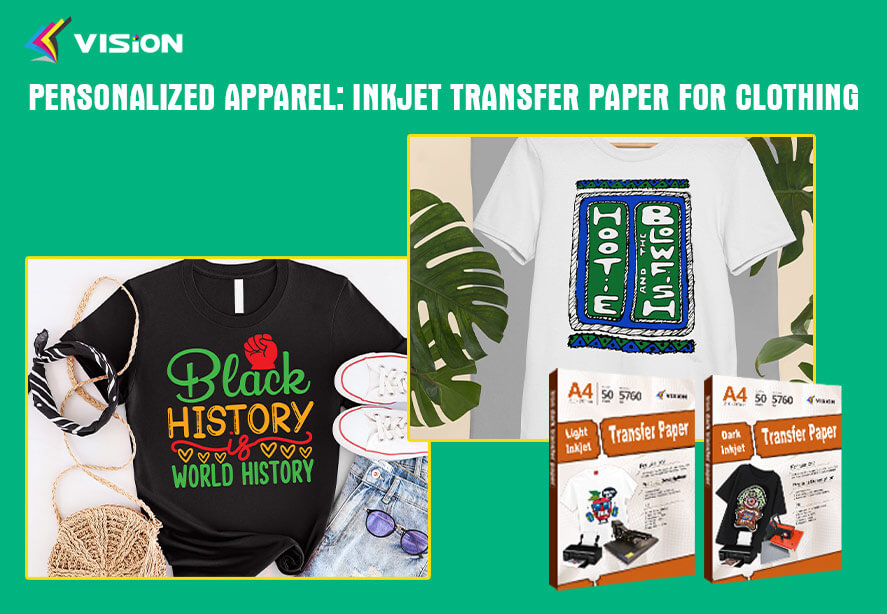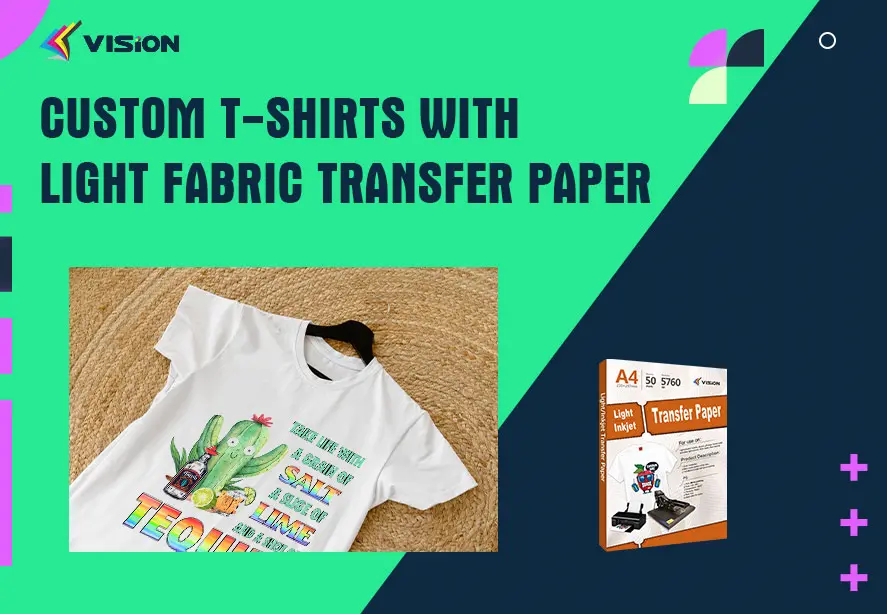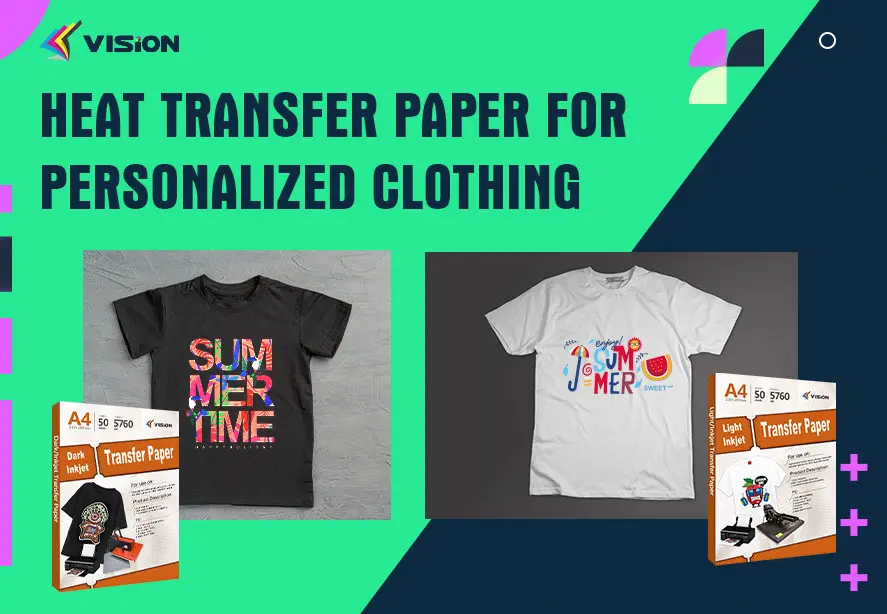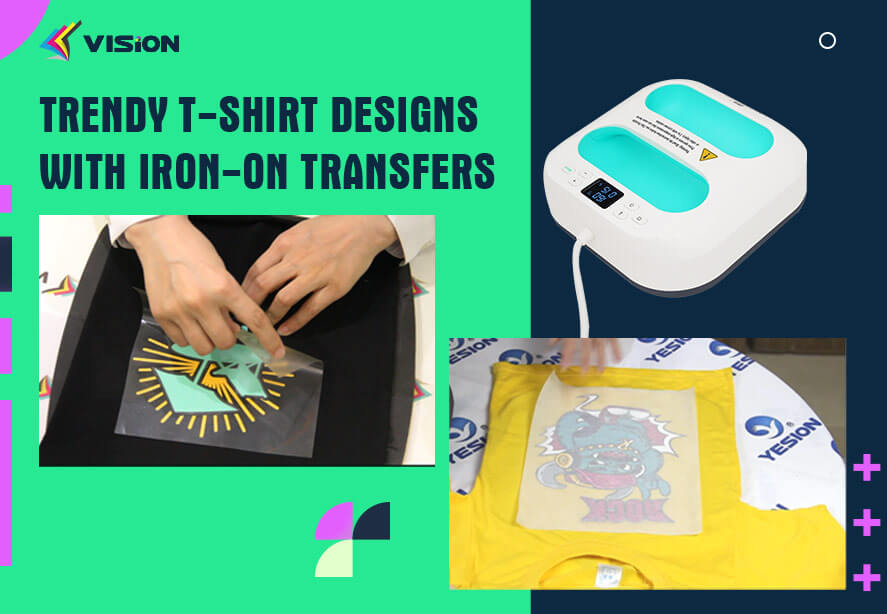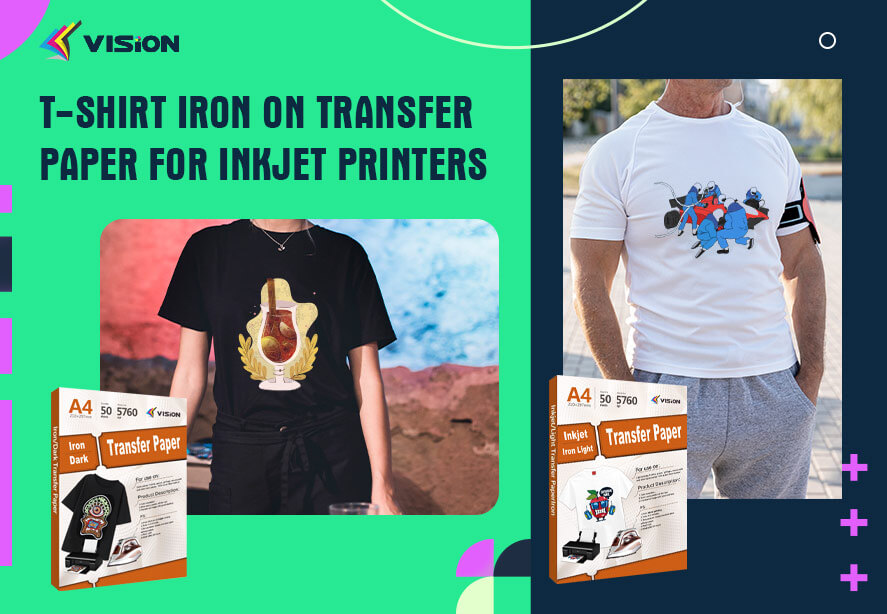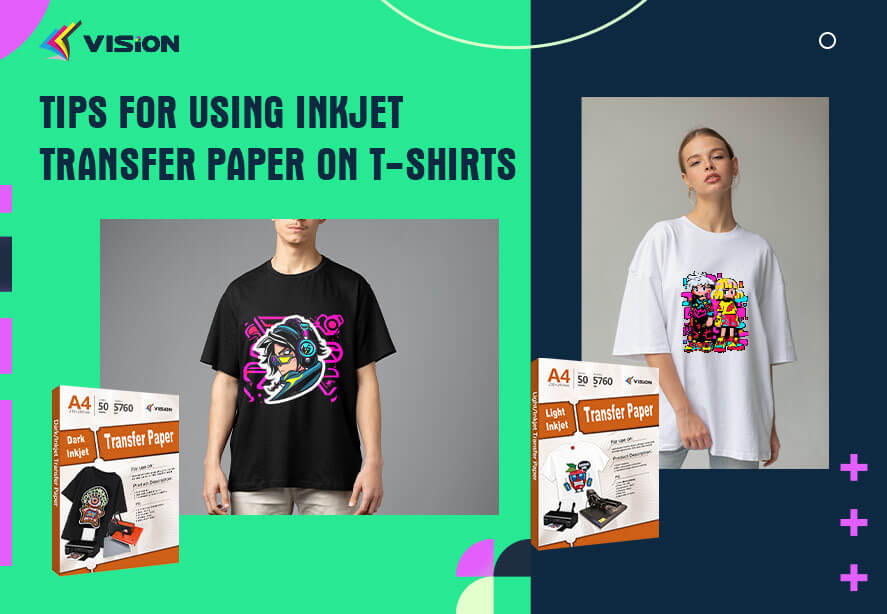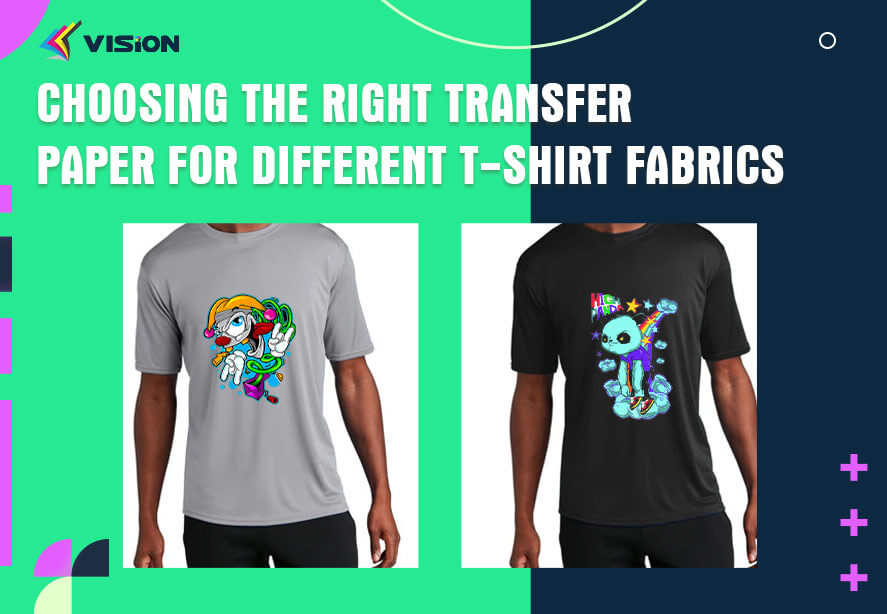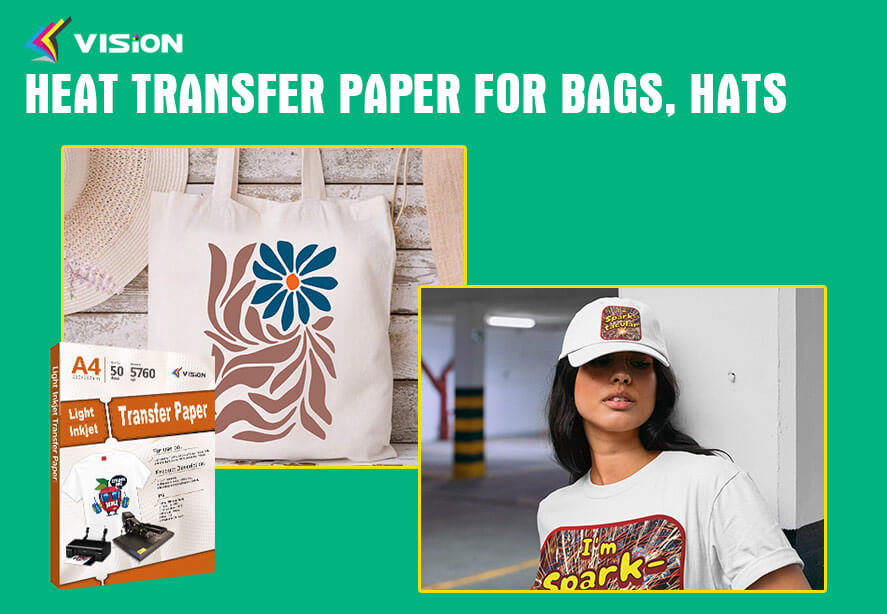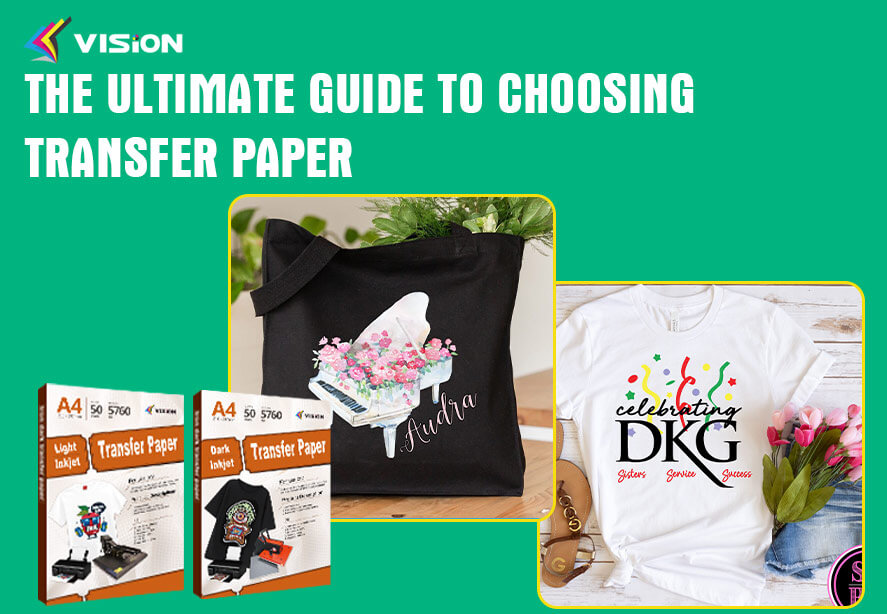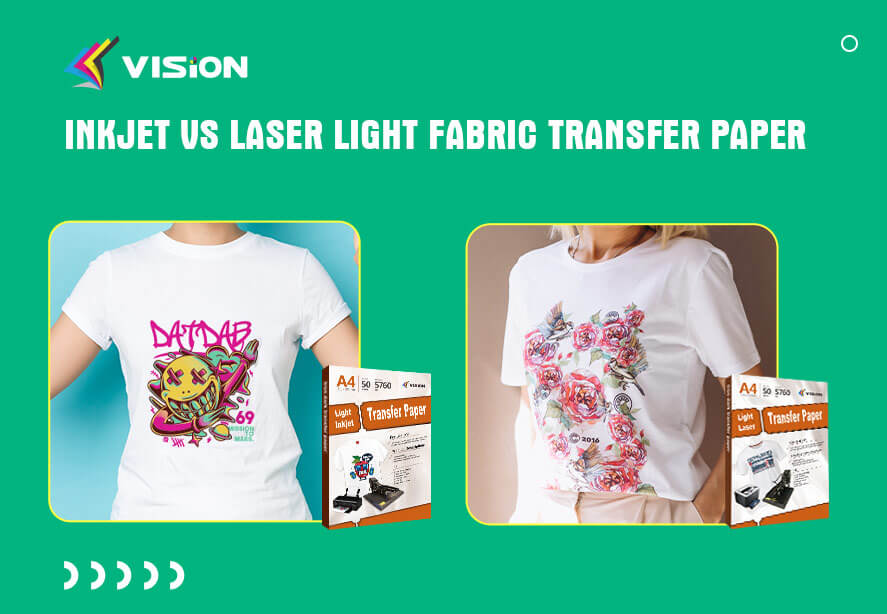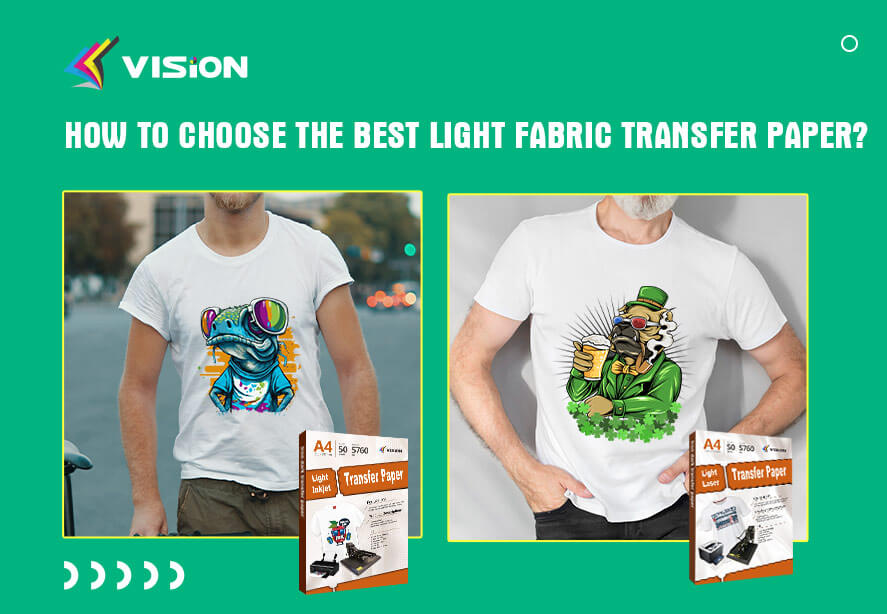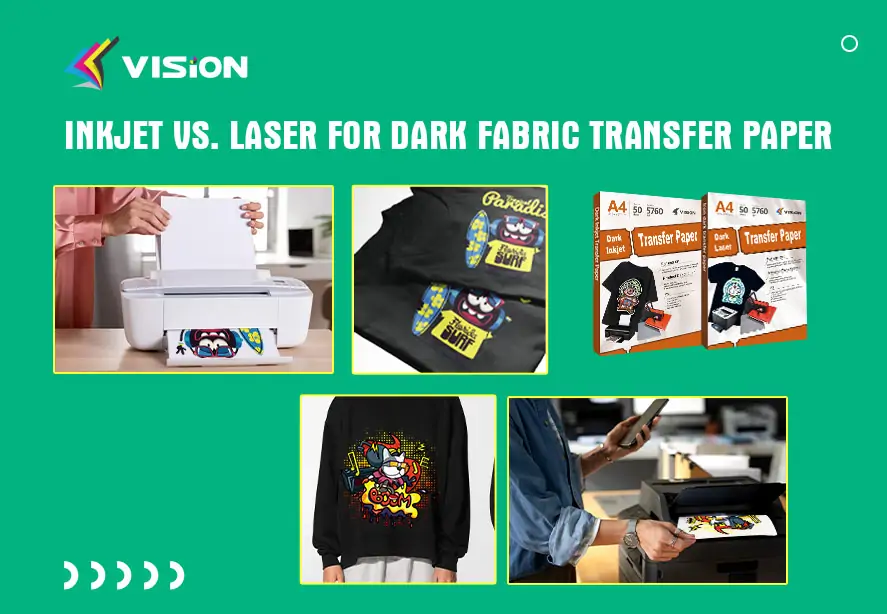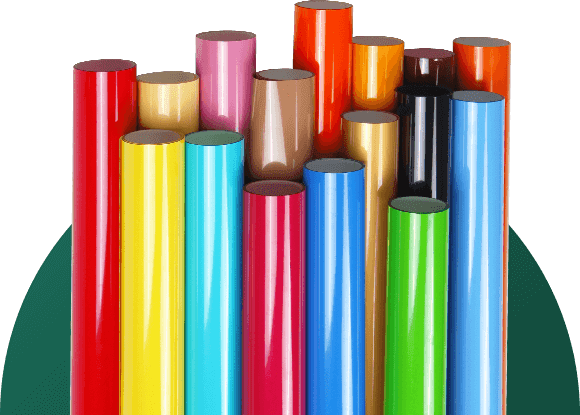In a world where individuality reigns supreme, what could be more satisfying than wearing clothing that reflects your unique personality? With inkjet transfer paper, personalizing your apparel has never been easier. Say goodbye to generic outfits and hello to custom-designed garments that truly express who you are. Let’s dive into the world of inkjet transfer paper and discover how you can unleash your creativity onto your wardrobe.
What is Inkjet Transfer Paper?
Inkjet transfer paper is a specially coated paper designed for use with inkjet printers. It allows you to transfer images, designs, or text onto fabric using a heat press or iron press. This versatile material opens up endless possibilities for customizing clothing, accessories, and even fabrics for home decor projects.
How Does Inkjet Transfer Paper Work?
When you print your design onto inkjet transfer paper, the ink is absorbed into the coating on the paper’s surface. During the transfer process, heat and pressure are applied, causing the ink to release from the paper and bond with the fabric. The result is a vibrant and durable image that becomes integrated into the fabric fibers.
Choosing the Right Inkjet Transfer Paper
Selecting the appropriate inkjet transfer paper is crucial for achieving the best results. Consider factors such as the type of fabric you’ll be transferring onto, the complexity of your design, and whether you prefer a matte or glossy finish. Some transfer papers are specifically formulated for light fabrics, while others are designed for dark or colored fabrics.
Related:
Choosing the Perfect Inkjet Transfer Paper: A Comprehensive Guide
The 4 Types of Inkjet Transfer Paper for Heat Press
Equipment Needed for Inkjet Transfer
To get started with inkjet transfer projects, you’ll need an inkjet printer, inkjet transfer paper, a heat press or iron, and the fabric you wish to customize. Additionally, it’s essential to follow the manufacturer’s instructions for both your printer and transfer paper to ensure optimal results.
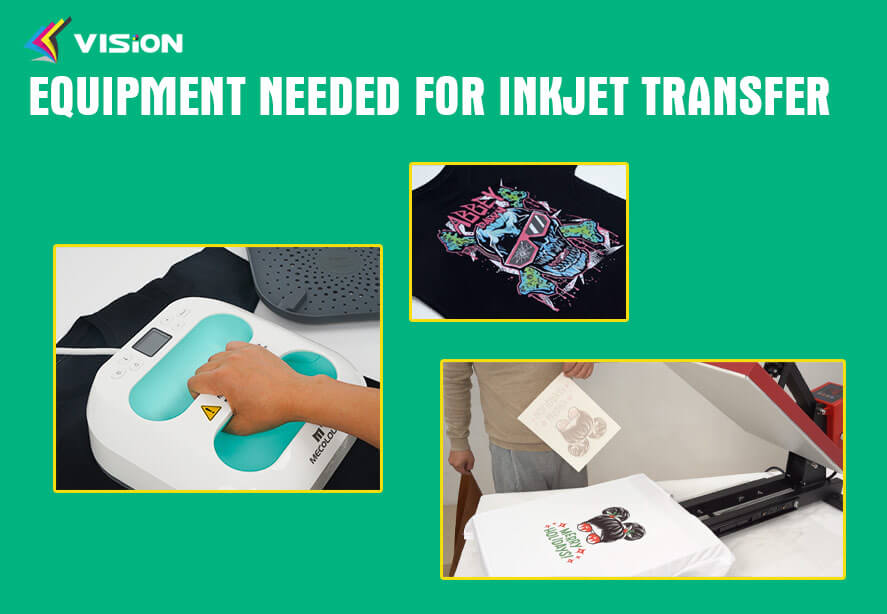

Equipment Needed for Inkjet Transfer
Designing Your Apparel
Let your creativity run wild as you design your custom apparel. Whether you’re showcasing your own artwork, favorite quotes, or unique patterns, the possibilities are endless. Use graphic design software or online templates to create your masterpiece, keeping in mind the dimensions of your transfer paper.
Printing Your Design
Once your design is ready, it’s time to print it onto the inkjet transfer paper. Make sure to use high-quality ink and set your printer to the appropriate settings for transfer paper. Allow the printed image to dry completely before proceeding to the next step.
Preparing Your Clothing
Before transferring your design, it’s essential to prepare your clothing properly. Wash and dry the fabric to remove any dirt or residues that could interfere with the transfer process. Smooth out any wrinkles, and ensure the surface is flat and free of obstructions.
Transferring the Design
Using a heat press or iron set to the recommended temperature, carefully transfer your design onto the fabric. Apply even pressure and heat for the specified duration, then allow the fabric to cool before peeling away the transfer paper. Voila! Your custom apparel is ready to wear.
How to use Vision inkjet light 2.0 pro updated heat transfer paper for cotton tshirt?
Caring for Your Custom Apparel
To ensure the longevity of your personalized garments, it’s essential to follow proper care instructions. Wash your custom apparel inside out in cold water and avoid using harsh detergents or bleach. Hang dry or tumble dry on low heat to preserve the vibrancy of the transferred design.
Advantages of Inkjet Transfer Paper
Inkjet transfer paper offers numerous advantages, including affordability, ease of use, and the ability to create one-of-a-kind designs. Whether you’re a seasoned crafter or a beginner, inkjet transfer paper makes it simple to transform plain clothing into wearable art.
Disadvantages and Limitations
While inkjet transfer paper is a convenient option for customizing apparel, it does have some limitations. Designs may fade over time with repeated washing, especially if not properly cared for. Additionally, complex designs or fine details may not transfer as accurately as simpler ones.
Tips for Successful Results
To achieve the best results with inkjet transfer paper, follow these tips:
Use high-resolution images for crisp, clear transfers.
Test a small area of fabric before transferring your entire design.
Avoid stretching the fabric during the transfer process to prevent distortion.
Experiment with different transfer papers and settings to find what works best for your projects.
Related:
15 Tips for Using Transfer Paper for Beginners
Unleash your creativity with inkjet transfer paper and elevate your wardrobe with personalized apparel that truly stands out. Whether you’re crafting custom t-shirts, tote bags, or unique gifts, the possibilities are endless with this versatile material.


